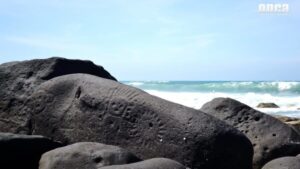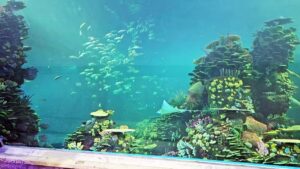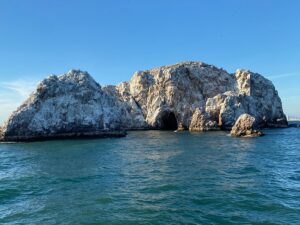Historic Sites in the Tarapacá Region, Chile
The Tarapacá Region in northern Chile is a treasure trove of history and culture, offering visitors a unique glimpse into the past. Known for its rich mining history and stunning desert landscapes, this region is home to several historic sites that are both educational and awe-inspiring. Whether you’re a history buff or simply looking to explore a new part of the world, Tarapacá has something to offer.
What to See
One of the most iconic sites in the Tarapacá Region is the Humberstone and Santa Laura Saltpeter Works. These former saltpeter refineries are now UNESCO World Heritage Sites, offering a fascinating look into the nitrate boom that transformed the region in the late 19th and early 20th centuries. Walking through the ghost towns, you can explore the old machinery, workers’ quarters, and administrative buildings that tell the story of a once-thriving industry.
Another must-visit site is the town of Pisagua, a coastal village with a rich history. Known for its well-preserved architecture, Pisagua offers a glimpse into the past with its old theater, railway station, and historic cemetery. The town’s location on the Pacific Ocean also provides stunning views and a peaceful atmosphere.
For those interested in ancient history, the geoglyphs of Pintados are a must-see. These large-scale drawings etched into the desert hills date back to pre-Columbian times and depict various animals, humans, and geometric shapes. The site is part of the Atacama Desert, one of the driest places on Earth, adding to the mystique of these ancient artworks.
A Bit of History and Interesting Facts
The Tarapacá Region has a rich and varied history, shaped by its indigenous cultures, colonial influences, and economic booms. The nitrate industry, which peaked in the late 19th and early 20th centuries, played a significant role in the region’s development. The saltpeter works at Humberstone and Santa Laura were once bustling centers of activity, attracting workers from around the world. However, the industry declined after the invention of synthetic nitrates, leading to the abandonment of these sites.
Pisagua, once a thriving port town, has a more somber history. It served as a detention center during Chile’s military dictatorship in the 1970s and 1980s. Today, it stands as a reminder of the country’s turbulent past, with its historic buildings offering a window into different eras of Chilean history.
The geoglyphs of Pintados are believed to have been created by the indigenous peoples of the region, possibly as part of religious or ceremonial practices. These ancient artworks are a testament to the creativity and ingenuity of the region’s early inhabitants.
How to Get There and Tips for First-Time Visitors
Reaching the Tarapacá Region is relatively straightforward. The main gateway is the city of Iquique, which has an international airport with flights from major cities in Chile. From Iquique, you can rent a car or take a bus to explore the region’s historic sites. The Humberstone and Santa Laura Saltpeter Works are about 45 kilometers east of Iquique, while Pisagua is approximately 200 kilometers to the north. The geoglyphs of Pintados are located about 95 kilometers southeast of Iquique.
For first-time visitors, it’s important to plan your trip according to the weather. The Tarapacá Region is part of the Atacama Desert, so expect dry conditions and significant temperature variations between day and night. Bring plenty of water, sunscreen, and layers of clothing to stay comfortable.
When visiting the historic sites, take your time to explore and absorb the history. Guided tours are available at many locations, providing valuable insights into the region’s past. Be respectful of the sites, especially the geoglyphs, as they are fragile and hold cultural significance.








